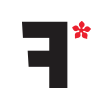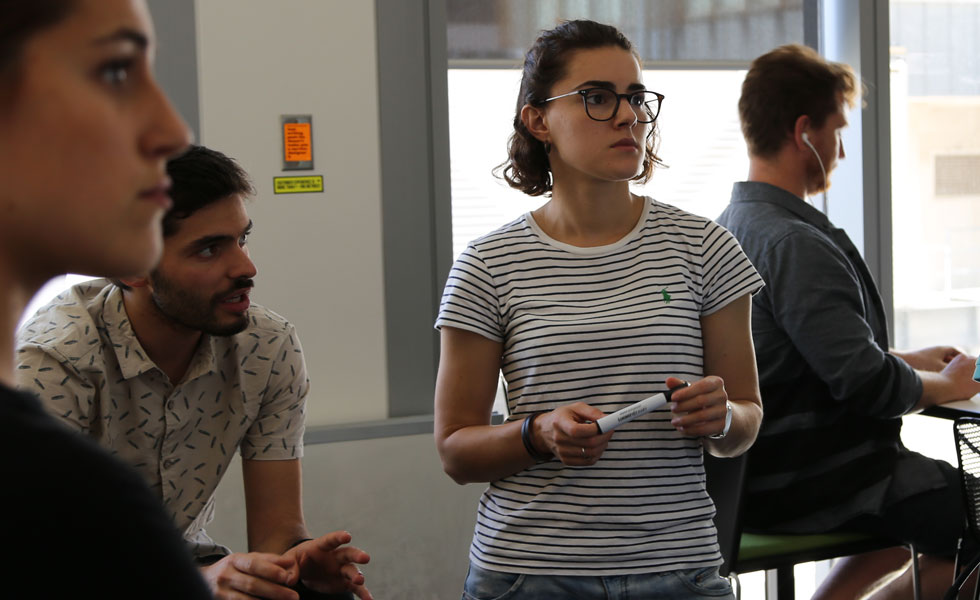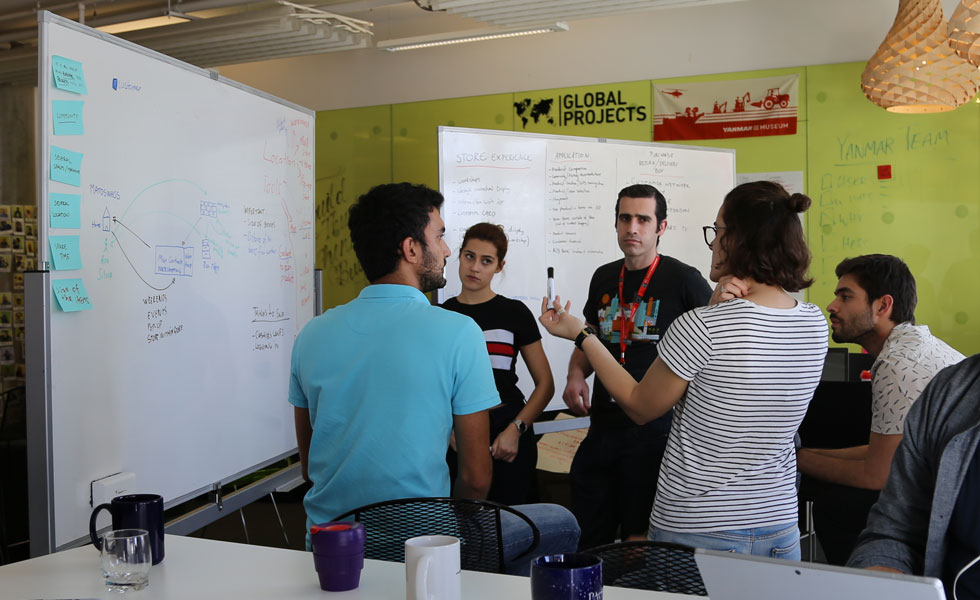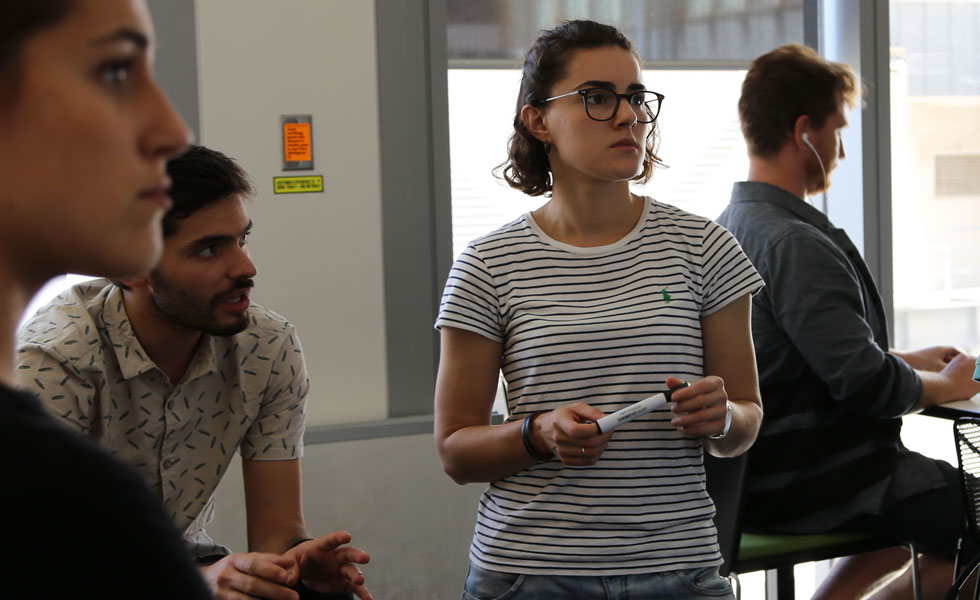People | Culture
The challenges of global collaboration

Nicole Symington, PhD Candidate
19 April 2017
How would you work collaboratively to design a solution, service or product if your team worked across different countries? This is the challenge that Global Program students at DFM are facing. International visits from team members have benefits for this challenging working relationship.
This month two Global Program teams had an international visit from their Portuguese and Finnish team members to continue to work on the international design problems they have been set.
DFM Global Programs is a course in which Honours and Masters students collaborate with students across the globe to work on industry set R + D problems. This year DFM’s industry partners for this work are Innospring (China), Yanmar (Japan), OP (Finland), and Sonae MC (Portugal).

The DFM and Porto Design Factory team deeply involved in a group workshop.
“If you are working online you can’t see the emotions of the person you are working with. You can’t read if they have had a bad day. You might interact with them in the wrong way”
This visit marks the converging point in the student’s projects. Meeting each other at this important phase of the project is hugely beneficial. After spending 6 months conducting research and coming up with 10 concepts and prototypes it is time to converge, find one solution to focus on and prototype further.
This type of collaboration is challenging enough at the best of times. But when you add technology and time zones this gets amplified. Whilst working internationally the teams typically get together two times a week to discuss their progress via Skype. They also have daily contact through other instant messaging or file sharing applications. But Skype discussions have limitations. Group dynamics are more challenging via video conference.

“If you are working online you can’t see the emotions of the person you are working with. You can’t read if they have had a bad day. You might interact with them in the wrong way” says Lucy, a member of team SONA. It is also easier to communicate with a team member by “grabbing a pen to show what you mean more quickly” interjects a team member. “Each time we see each other there is a huge improvement in the way we work” says another.
The visit also allows for some crucial team bonding. Since the international visitors have arrived SONA have added visiting the Botanic Gardens and dinners out to their hectic working schedule. Getting to know each other also has important outcomes for collaboration. It is easier to work through disagreements when there is an existing relationship with the people at the other end of the computer. The ability to disagree and work through any conflicts will serve the projects well and provide the students with important skills for any future collaborations.
This visit is the third of four visits that the teams will have during their one year projects. Previously the teams have visited their group members in their host countries as well as visiting Stanford together to take on the Dark Horse Prototyping challenge.

